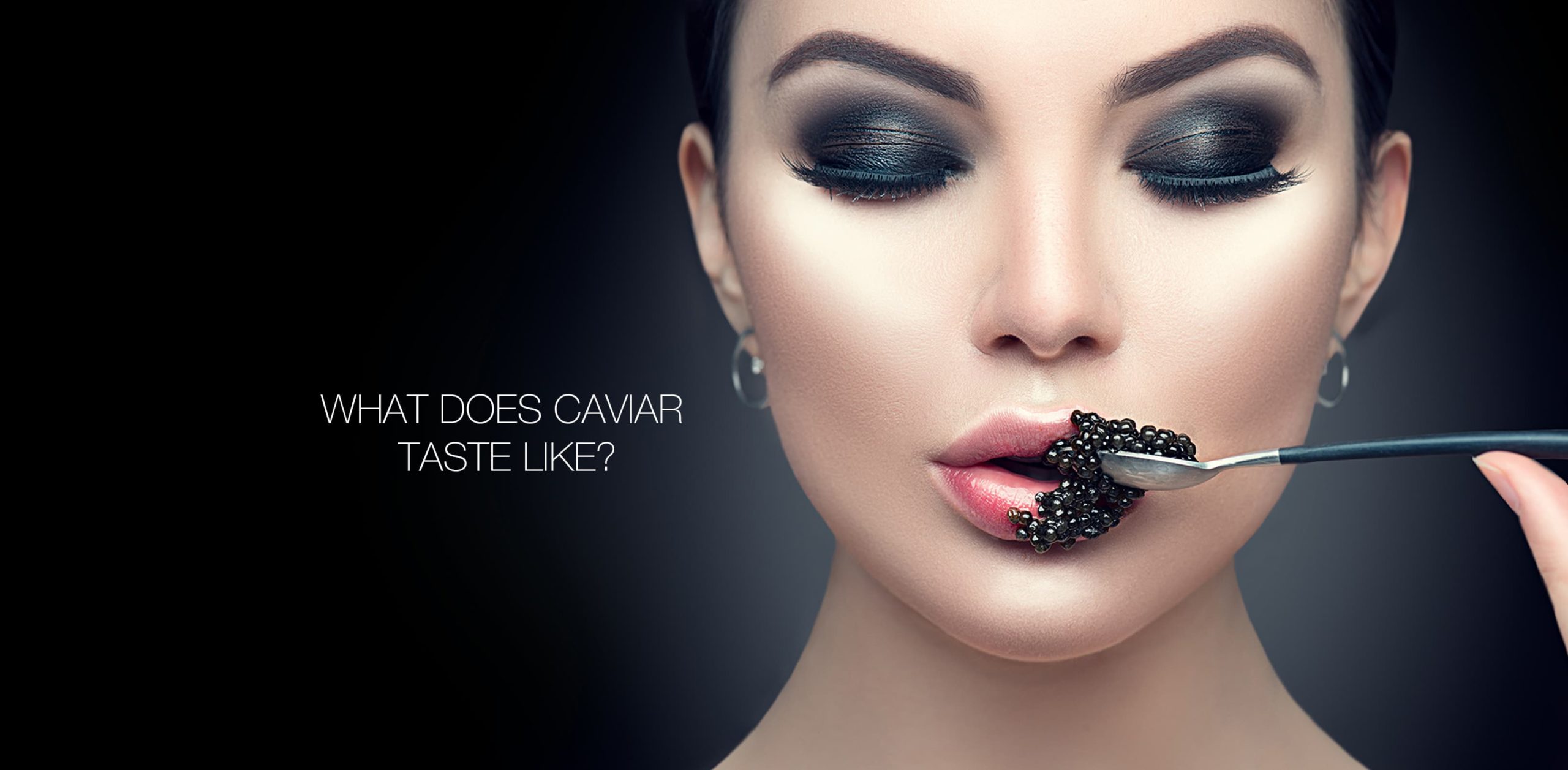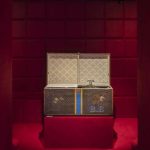#luxury #caviar #sea
“I will not forget the 1st time I ate caviar, few luxuries hold this power” –Paul Ebeling
The ancient Chinese steeped sturgeon eggs in tea before pickling the eggs in brine. The Turks thought “khavyar” originating from the Persian word, “chav-jar”, gave them great power as an aphrodisiac.
The super-rich may dine on the most expensive caviar in the world, Almas Imperial “black gold” although it is not black at all. The golden roe comes from a rare albino sturgeon from the seas of Iran and is sold in a 24-karat gold tin, costing up to $35,000 a kilo aka $1-Koz.
Caviar need to know:
- Caviar is not always expensive. You need to differentiate among the varieties of roe as well as your pocketbook
- Caviar should not taste “fishy.” There is a difference between fishy and briny-fresh like the sea. Caviar is the latter.
- Many people think of caviar as something that is eaten in the Winter perhaps because it’s associated with Christmas and New Year’s. In fact, it can be eaten any time of the yr.
- Never heat caviar alone as it loses flavor. It can be incorporated into warm foods, I eat it with soft boiled and poached eggs.
- Today, 90% of caviar is farmed everywhere in the world, even the most expensive sturgeon caviar.
- Caviar should be stored in the fridge between 0-4 degrees Celsius in a Styrofoam box surrounded by icepacks. Caviar has a long shelf life, up to 3 months, unopened. Once opened and not cross-contaminated, it can last up to a wk.
- Caviar is usually served in a stainless steel bowl because it does not infuse any flavor. Use mother-of-pearl spoons as caviar is delicate and it’s definitely a more sensual way to eat it.
“There is nothing more romantic than a caviar tasting…”
Eat healthy, Be healthy, Live lively









